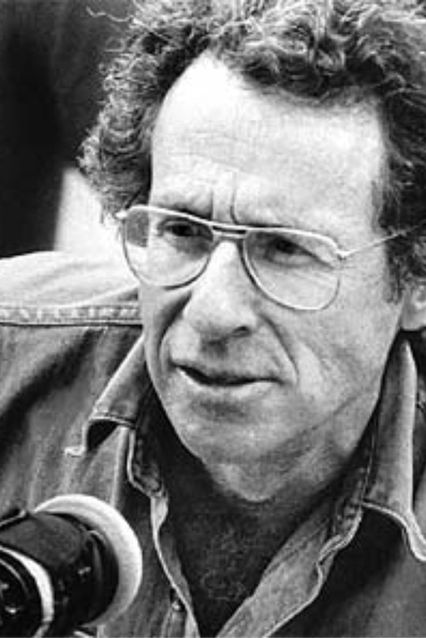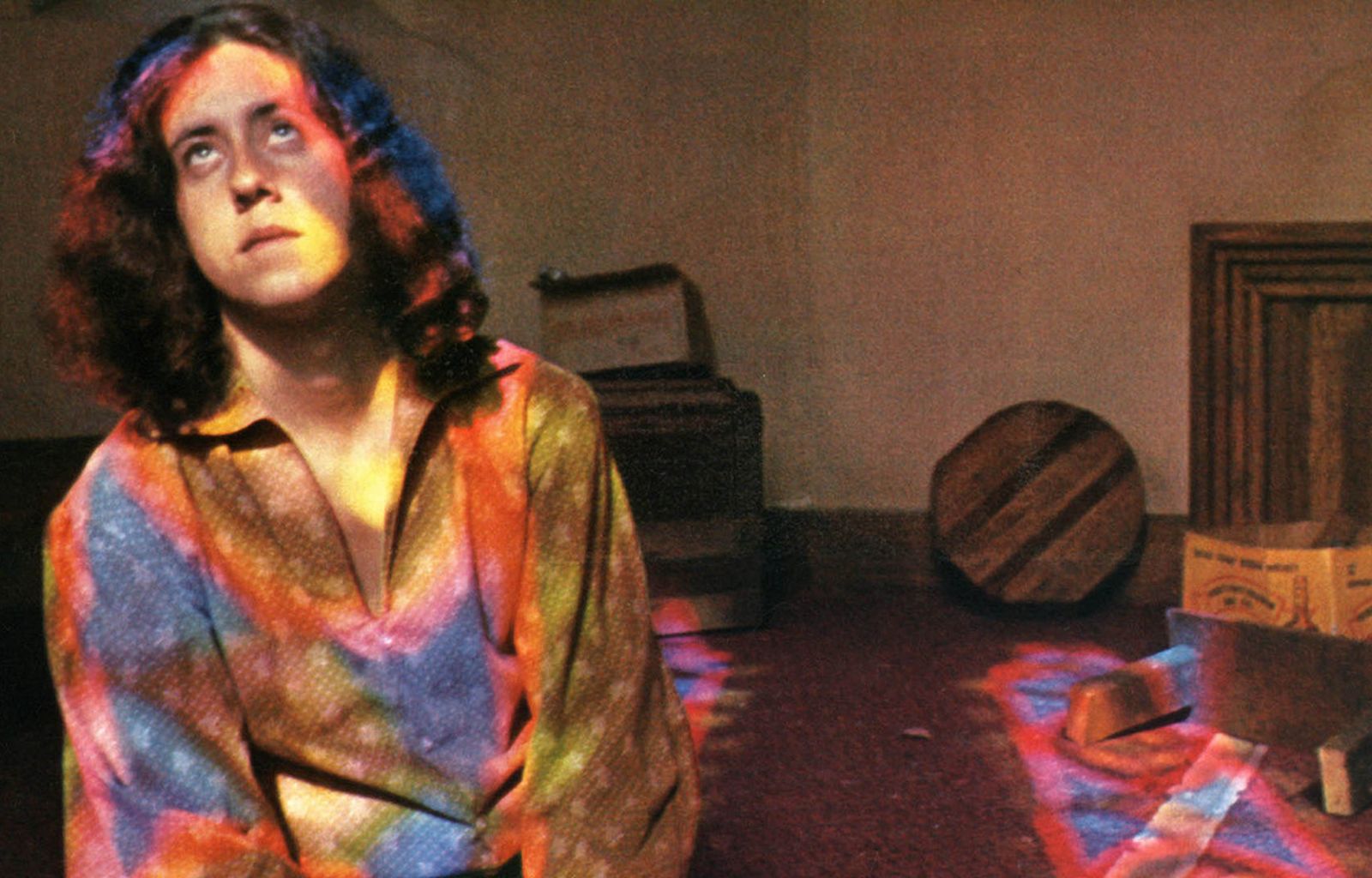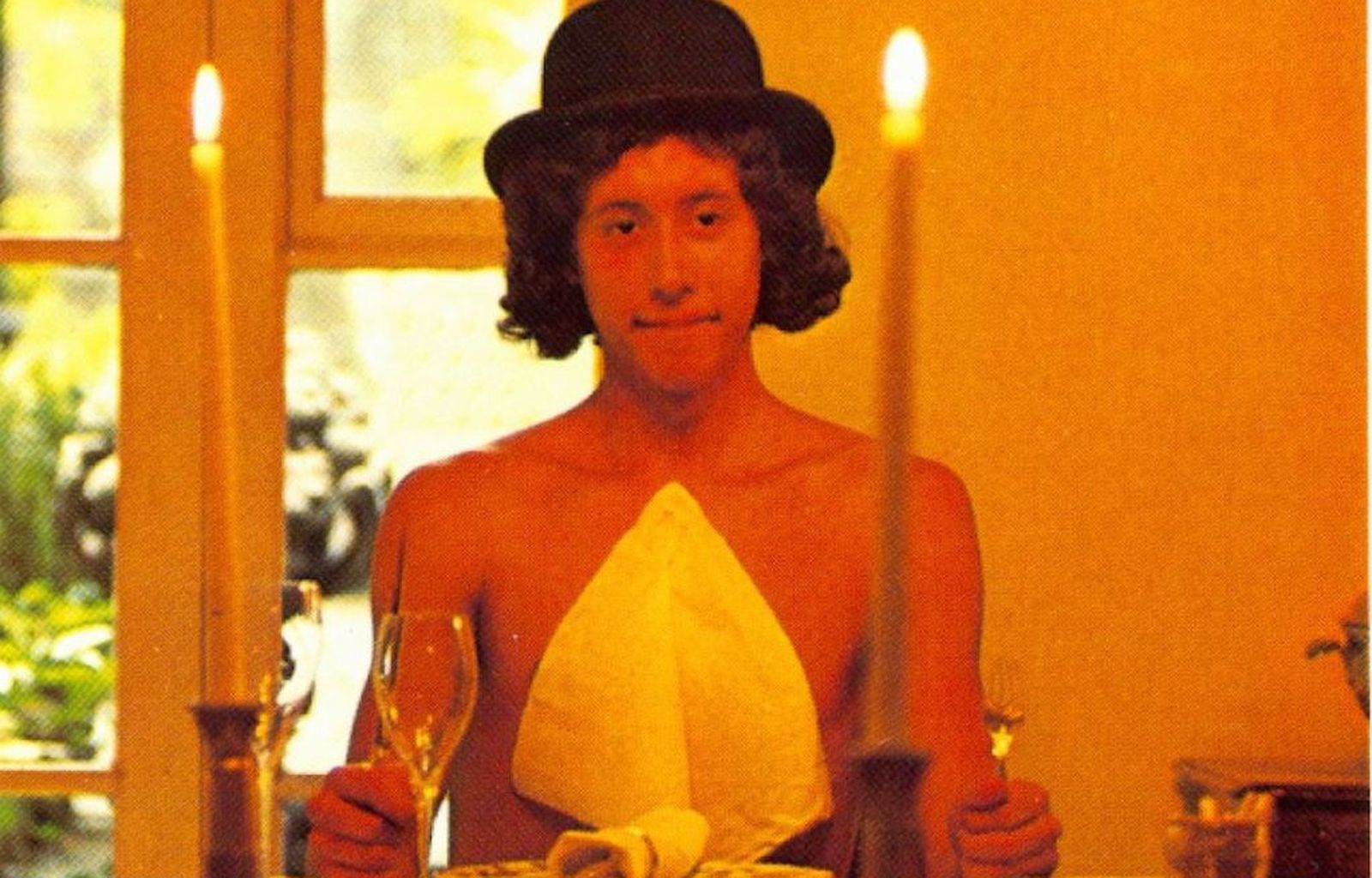In 1965, Arlo Guthrie enrolls at college to avoid the draft. But his academic career is short-lived: he is expelled for his long hair and unconventional ways. So he goes to visit two friends, Alice and Ray, who live in a deconsecrated church with a group of hippies and run a restaurant. After spending a short time with them, Arlo is once again called up for his military medical exam but once again manages to avoid the draft. He returns to Alice and Ray and realizes how everything has changed. [mp]
Biography
film director

Arthur Penn
Arthur Penn (Pittsburg, PA, USA, 1922 - New York City, USA, 2010) was one of New Hollywood’s favorite directors. His movies have always carefully described and criticized American society. His most successful films include the drama The Miracle Worker (1962), which received two Oscars; the schizophrenic Mickey One (1965), influenced by Europe’s nouvelle vague; the gangster movie Bonnie & Clyde (1967), which also won two Oscars; the crepuscular western Little Big Man (1970); the disenchanted noir Night Moves (1975); another western, only more crude and desperate, The Missouri Breaks (1976); and the mournful drama Four Friends (1981).
FILMOGRAFIA
Billy the Kid (Furia selvaggia, 1958), The Miracle Worker (Anna dei miracoli, 1962), Mickey One (id., 1965), The Chase (La caccia, 1966), Bonnie & Clyde (Gangster Story, 1967), Alice’s Restaurant (id., 1969), Little Big Man (Il piccolo grande uomo, 1970), Visions of Eight (Ciò che l’occhio non vede, ep. The Hightest, 1973), Night Moves (Bersaglio di notte, 1975), The Missouri Breaks (Missouri, 1976), Four Friends (Gli amici di Georgia, 1981), Target (Target - Scuola omicidi, 1985), Dead of Winter (Omicidio allo specchio, 1987), Penn & Teller Get Killed (Con la morte non si scherza, 1989), Lumière et compagnie (ep., 1995).
Declaration
film director
“Alice’s Restaurant is a film of potential transition because the characters know, in some way, what they are looking for. [...] It’s important to remember that the characters in Alice’s Restaurant are middle-class whites. They aren’t poor or hungry or working class. They are not in the same boat as African Americans. But they’re not militants either. In this respect the church dwellers are not particularly threatening. They find it easy to live there, even if most people can’t afford such a luxury. From this point of view, this film depicts a very specific social class. It’s a bourgeois film.”
Cast
& Credits
Arthur Penn
soggetto/story
dall’omonima canzone di/from the song of the same title by Arlo Guthrie
sceneggiatura/screenplay
Venable Herdon, Arthur Penn
fotografia/cinematography
Michael Nebbia
montaggio/film editing
Dede Allen
scenografia/production design
Warren Clymer
costumi/costume design
Anna Hill Johnstone
musica/music
Arlo Guthrie
suono/sound
Jack Fitzstephens, Sanford Rackow
interpreti e personaggi/cast and characters
Arlo Guthrie (se stesso/himself), Pat Quinn (Alice Brock), James Broderick (Ray Brock), Pete Seeger (se stesso/himself), Lee Hays (se stesso/himself), Michael McClanathan (Shelly), Geoff Outlaw (Roger Crowther)
produttori/producers
Hillard Elkins, Joe Manduke
produzione/production
Elkins Entertainment, Florin



